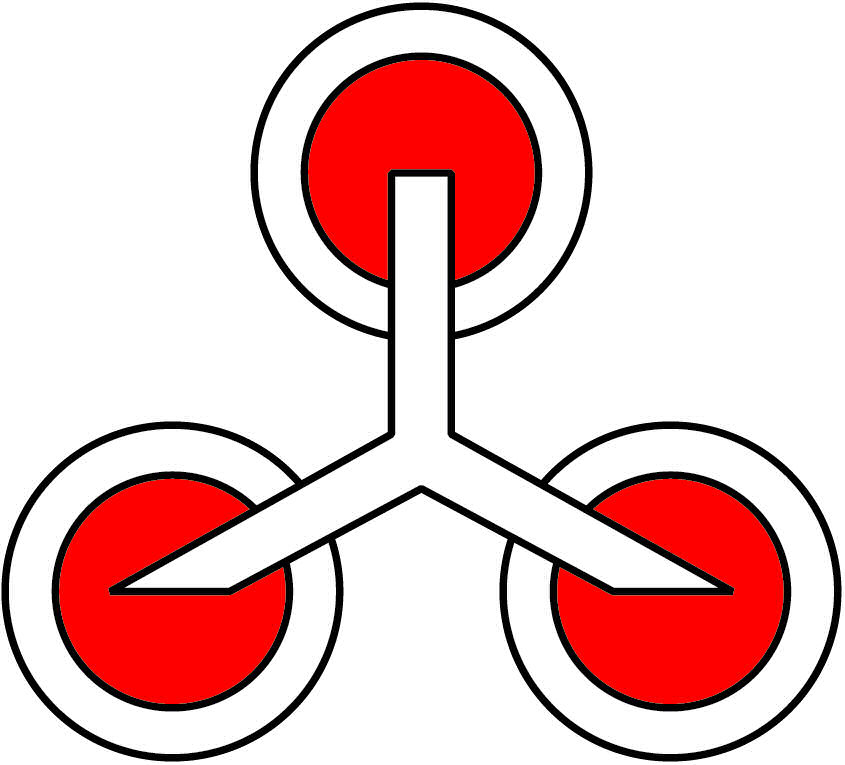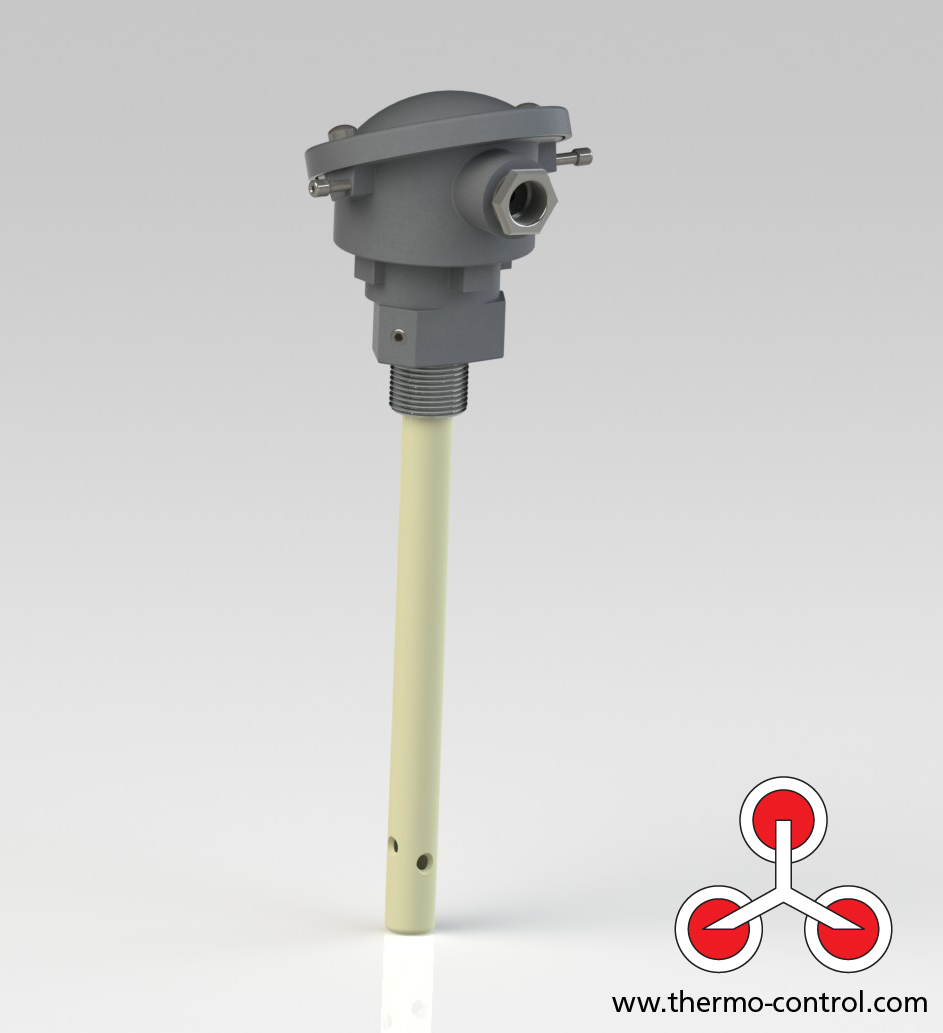A success story since 1982
thermo-control was developed in April 1982 by Dr. Phys. László Körtvélyessy founded in Kleve am Niederrhein. He fled Hungary in 1971 and worked as a research assistant at Degussa. In 1974 he took over a management position as a developer at Ipsen in Kleve.
In addition to many other patents, three principles led to a technical and economic breakthrough in temperature measurement.
Non-drifting thermocouples
The first is the thermoelectric principle, which redefines the development of the thermoelectric voltage. In short, most of the stress is at the highest temperature gradient.
The second principle is derived from the above model. It deals with the drift of thermocouples, which up to now has been a significant problem in heat treatment.
Through experiments and calculations changed Dr. Körtvélyessy the diameter of the two thermocouples. Aging is still present, but now both wires are aging at the same speed so that the correct thermo-voltage is always generated.
The third principle is the introduction of very thin and separate ceramic protection tubes in a connection head in contrast to the then as usual today thick ceramic protection tubes, as well as the introduction of an empty tube, which is equipped for control purposes with a test thermocouple.
Thermo-control thermocouples can therefore be safely checked during operation, saving time and money.
From this model also derived the company logo:


The technological leap is the very high resistance to thermal shock and the even more important fast reaction time, due to better heat transfer, which allow the thin wall thicknesses.
In addition to these three main principles, improvements were made to the models to build the most durable and reliable thermocouples possible. Thermo-control is still the only supplier with a 4-year warranty and a fleet of thermocouples which on average are older than 10 years and break 99.8% due to mechanical external influences.
Oxygen probes
In 1987 Dr. Körtvélyessy the second product line into life: the oxygen probe.
Oxygen probes are based on Nernst’s law, which states that a density gradient separated by an electrolyte causes stress. This physical law applies to all oxygen probes, but it is up to the design of the probe to keep the conditions constant. Like the thermocouples, Dr. Körtvélyessy also introduces technical innovations that have made the thermo-control oxygen probe an outstanding product. Reaction time, reliability and robustness of thermo-control oxygen probes are currently unrivaled.
Another development brought the world’s only available vacuum-tight oxygen probe on the market. This is ideal, for example, for low-pressure carburizing furnaces.
Almost exactly 25 years later, in April 2007, his son took over the company and relocated it to Berlin.

